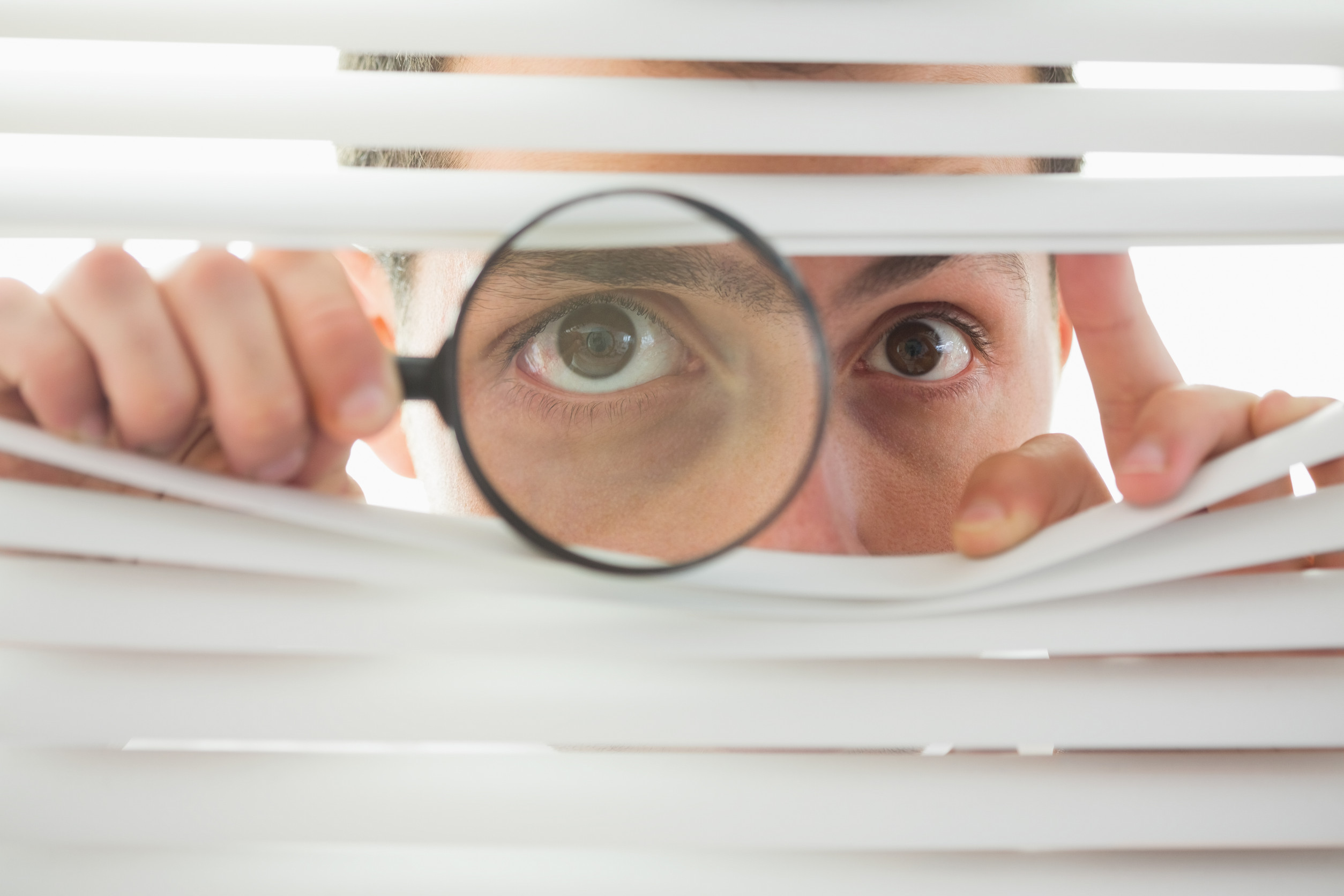
When you sit down at your favorite restaurant, you probably expect good food and maybe a friendly atmosphere. What you may not realize is that restaurants are increasingly using technology to track, analyze, and profit from your personal information. From your dining habits to your payment details, more data is being collected than ever before. While some of it helps improve customer service, much of it goes toward marketing strategies you never agreed to. Knowing how this works can help you protect your privacy the next time you eat out.
1. Loyalty Programs That Track Every Bite
Loyalty programs often seem like a harmless way to earn free meals, but they’re also powerful data-gathering tools. Every time you scan your rewards card or app, the restaurant logs what you ordered, how often you visit, and even the times of day you prefer to dine. This information is used to build detailed profiles of customer behavior. The insights are then sold to marketing teams or shared with partner companies to push targeted ads. While you’re collecting points for a free coffee, the restaurant is quietly collecting far more valuable data about you.
2. Wi-Fi That Watches Your Moves
Many restaurants now offer free Wi-Fi, but the connection often comes with hidden strings attached. When you log in, the system can track how long you stay, what devices you use, and even which websites you browse while eating. Some networks also capture your email address or phone number in exchange for access. This information creates a digital footprint that restaurants use to understand customer patterns and push promotions. What feels like a free perk may actually be a clever way of spying on your habits.
3. Reservation Apps That Collect Personal Data
Booking a table through popular apps makes dining convenient, but it also shares a surprising amount of personal information. These apps typically store your name, contact details, dining preferences, and even your payment history. Restaurants then analyze this data to predict what you might order or how much you’re likely to spend. In some cases, they share this information with third-party marketing firms. The convenience of a quick reservation often comes at the cost of your privacy.
4. Cameras and AI That Monitor Behavior
Surveillance cameras are no longer just about safety—they’re becoming tools for customer analysis. Advanced systems can track how long diners stay, what dishes draw attention, and even facial expressions during meals. Some restaurants use AI to measure customer satisfaction without a single word being spoken. While this helps businesses improve layouts and menus, it also means your behavior is being studied in ways you might never suspect. Eating out has quietly become a high-tech observation game.
Protecting Your Privacy While Dining Out
Restaurants spying on customers may sound alarming, but awareness is the first line of defense. Simple steps—like skipping loyalty programs, avoiding unsecured Wi-Fi, or limiting data shared with apps—can reduce how much information is collected about you. While restaurants argue that tracking improves customer service, many people are uncomfortable with just how much is monitored. Being mindful of your choices helps you enjoy dining without giving up too much personal data. After all, your meal should be the focus—not the marketing profile being built in the background.
Have you noticed restaurants collecting your data in subtle ways? Share your experiences in the comments—I’d love to hear your take.
What to Read Next
- 7 Bizarre Things Restaurants Do To Your Food Without You Knowing
- 6 Things You Should Never Do in a Restaurant Drive-Thru
- How You Act at Restaurants Could Reveal How Much Money You Have
- 10 Sneaky Restaurant Tricks That Cost You More Money
- 6 Menu Items Restaurants Only Pretend to Make Fresh
The post 4 Ways Your Favorite Restaurant Is Spying on You appeared first on Grocery Coupon Guide.







